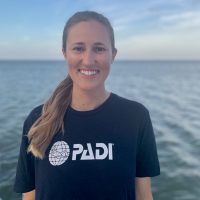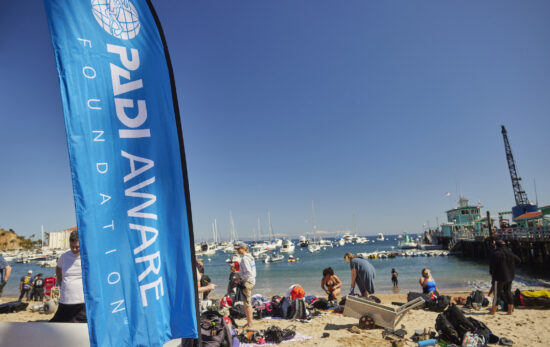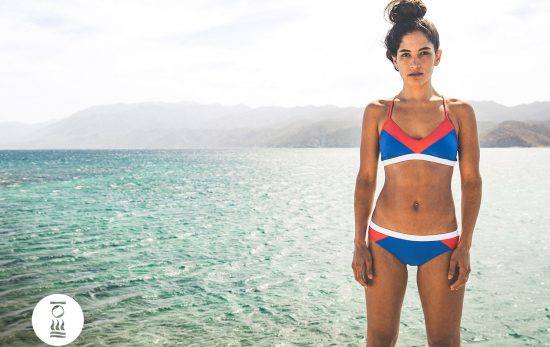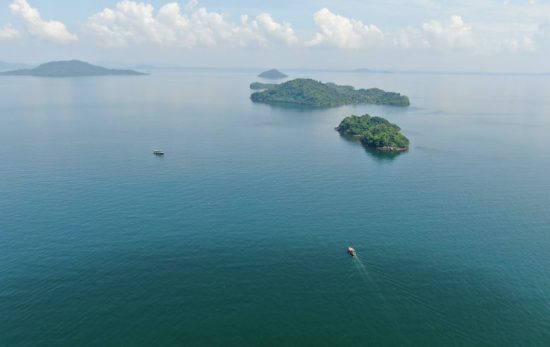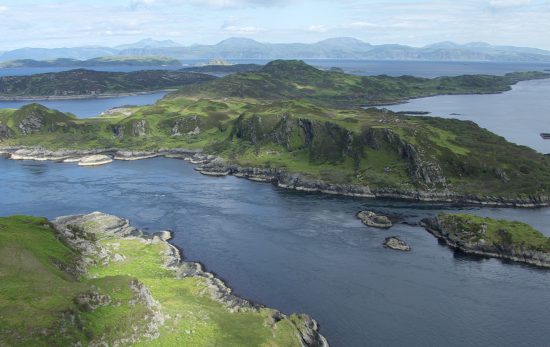Dr. Sylvia Earle and her team at Mission Blue have just announced a new Hope Spot – a haven for white sharks – off of Western Australia’s Southern coastline. Hope Spots are unique parts of the ocean that are critical to the health of our blue planet, and Mission Blue is focused on igniting public support for areas of ocean protection around the globe.
Approximately thirty nautical miles off the coast, Salisbury Island is a remote and rugged location. This limestone and granite landmass is home to the largest long-nosed fur seal colony in Western Australia, as well as magnificently preserved ecosystems above and below the surface. In 2009, Salisbury Island was discovered to be a major gathering area for white sharks. Incredibly, this is one of the only ‘white shark havens’ in the world that has been left virtually untouched by humans.
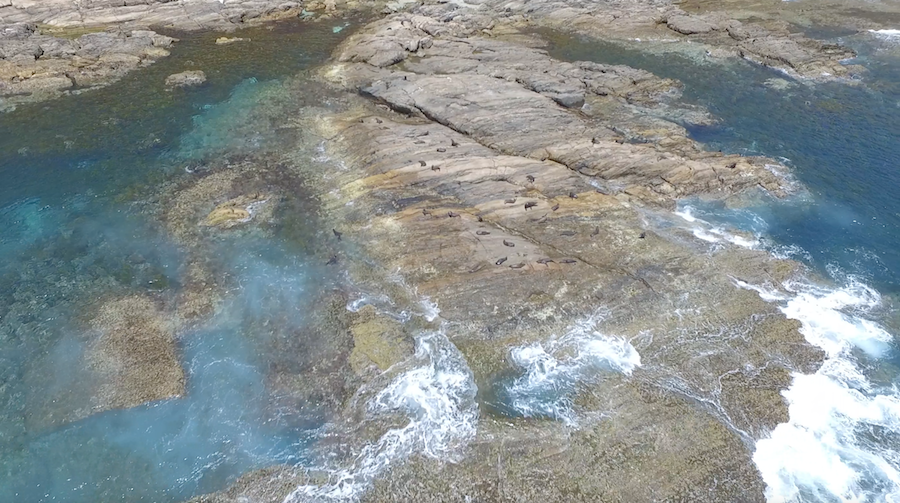
In order to ensure that the waters surrounding Salisbury Island remain pristine, and a haven for white sharks, Mission Blue is supporting the efforts of local non-profit Finding Salisbury. This conservation organization is seeking official government protection of Salisbury Island with a no-take marine reserve. The Finding Salisbury team is also focused on learning more about this population of white sharks with non-invasive research techniques, as well implementing a camera-operated ‘virtual tourism’ program to allow the public virtual access, while keeping the area wild.
“There are a number of places in the world where scientists frequent to observe and conduct research on white sharks. Most of these places have had a high level of human activity. Salisbury Island is unique as it is remote, and has had very little human interference. If we take time to consider how we approach this location with regards to our activities here and their impact, we have a great opportunity to learn about the natural behavior of these animals. It is our view that it would be beneficial to keep this area free of invasive anthropogenic activity, as is the aim of some marine sanctuary zones. It is also important to consider that the Australian public understandably have a high level of concern about shark attacks and their cause, and therefore it would be prudent to ensure that what we do at this location has no long-term effects on shark behavior.” – Shelley Payne, Hope Spot Champion & Co-Founder of Finding Salisbury
Finding Salisbury’s push for observational research through live-feed camera systems aims to better understand the impacts of research and tourism on remote locations. Payne and her team are looking to create positive change in the field of shark research and the way in which it is carried out, to challenge scientists to ask questions and collect data with minimal impact to the white sharks and other animals. These research and tourism goals, in combination with official protection of the Salisbury Island Hope Spot would help the area to maintain stable ecosystems and healthy populations of animals that call Salisbury Island, and its surrounding waters, home.
“Our approach of world-leading, non-invasive research at Salisbury Island will help keep this wild place wild. Our goal is to learn about this remote ecosystem through observation and promote virtual tourism here rather than physical tourism to minimize the human impact on this sensitive location.” – Shelley Payne, Hope Spot Champion & Co-Founder of Finding Salisbury
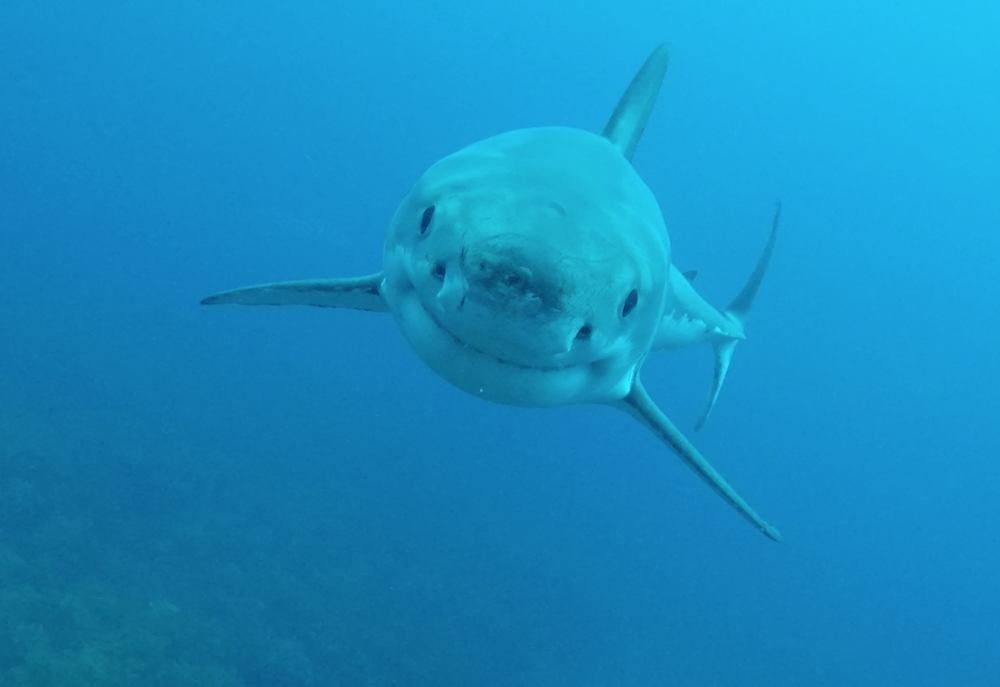
“Salisbury Island’s healthy marine ecosystem and white shark population is a tremendous cause for hope. It’s important that we work to leave it untouched, and I applaud our Champions’ mission to expand the surrounding marine protected area and encourage virtual tourism in this Hope Spot.” – Dr. Sylvia Earle, Founder of Mission Blue
Want to learn more about the importance of shark conservation? Thinking of diving with sharks? We highly recommend the AWARE Shark Conservation Specialty Course to all divers.
